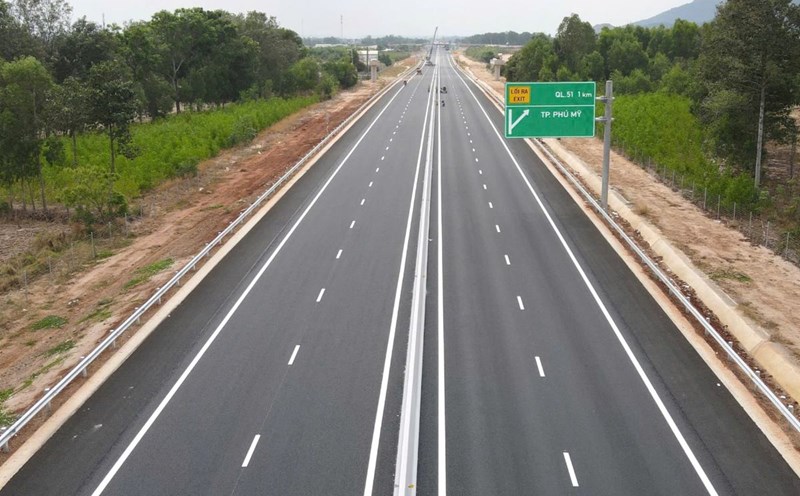According to Reuters, the Hoi giao rebels Shabaab have claimed responsibility for the assassination on the morning of March 18, when the convoy carrying President Mohamud left the Presidential Palace and headed to the airport. The bomb exploded shortly after the convoy passed Hamar- Jajab Street, causing a loud explosion, damaging a building and destroying several cars.
President Mohamud was unharmed and continued his journey to the state of Hirshabelle, where the Somalia military is expected to launch a major offensive against Shabaab. A few hours after the incident, the state media of Somalia published a photo of Mr. Mohamud appearing in Adan Yabal, in the Hirshabelle region.
The Ministry of Information Security confirmed that the bombing caused casualties to civilians but did not provide specific figures. Meanwhile, local media reported at least 10 deaths, including seven presidential guards. The Ministry of Information said that security forces are investigating and will release more information in the near future.
Shabaab is a powerful rebel group in Somalia, which regularly carried out attacks to overthrow the government. Despite being pushed out of Mogadishu by the African Union peacekeeping force in 2011, the group still controls parts of the country's southern and central regions.
The assassination attempt came just a week after Shabaab attacked a hotel in Beledweyne, central Turkey, where Somalia officials are meeting to plan a attack on the group.
This is also not the first time President Mohamud has been targeted by Shabaab. In 2012, the group carried out a death bombing attack at a hotel where he met with officials. Two years later, Shabaab gunmen also raided the Presidential Palace, killing at least 10 people.
UN Secretary-General Antonio Guterres strongly condemned the attack on March 18, and affirmed his support for the Somalia government.











